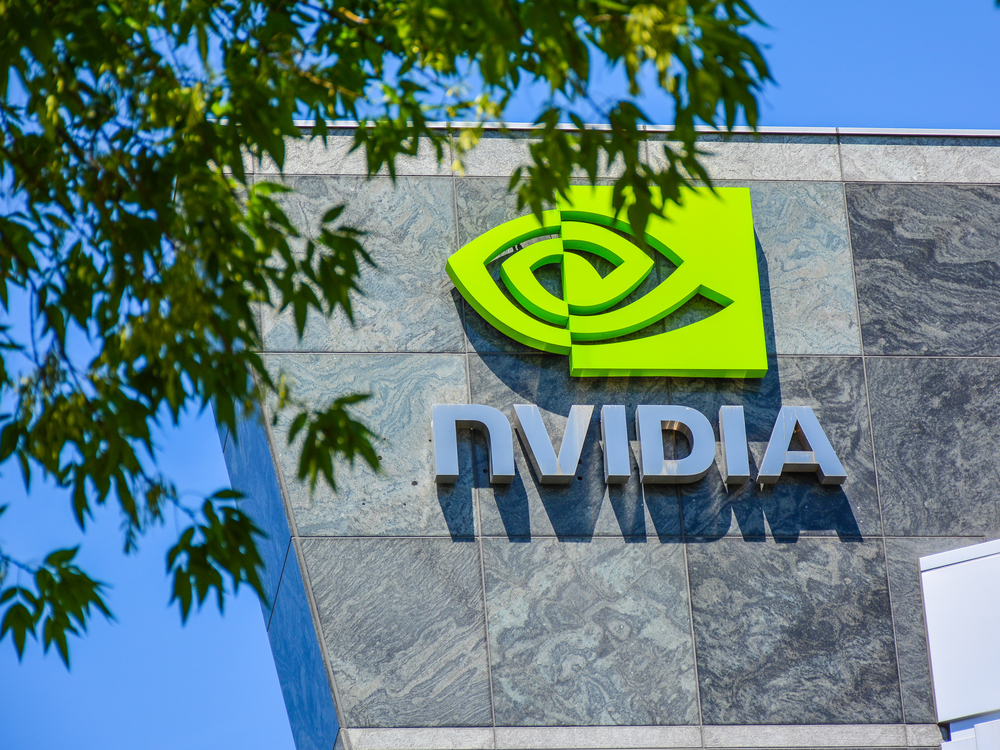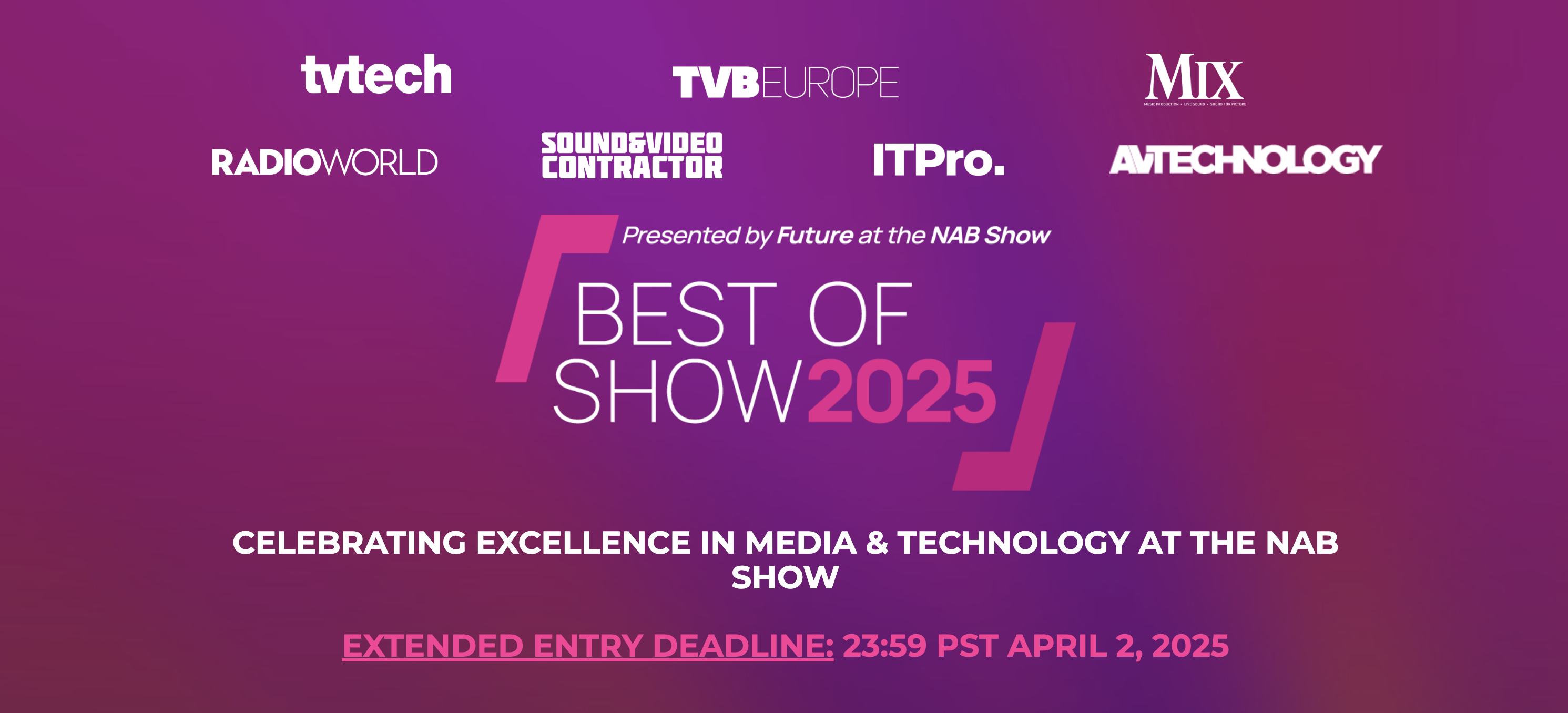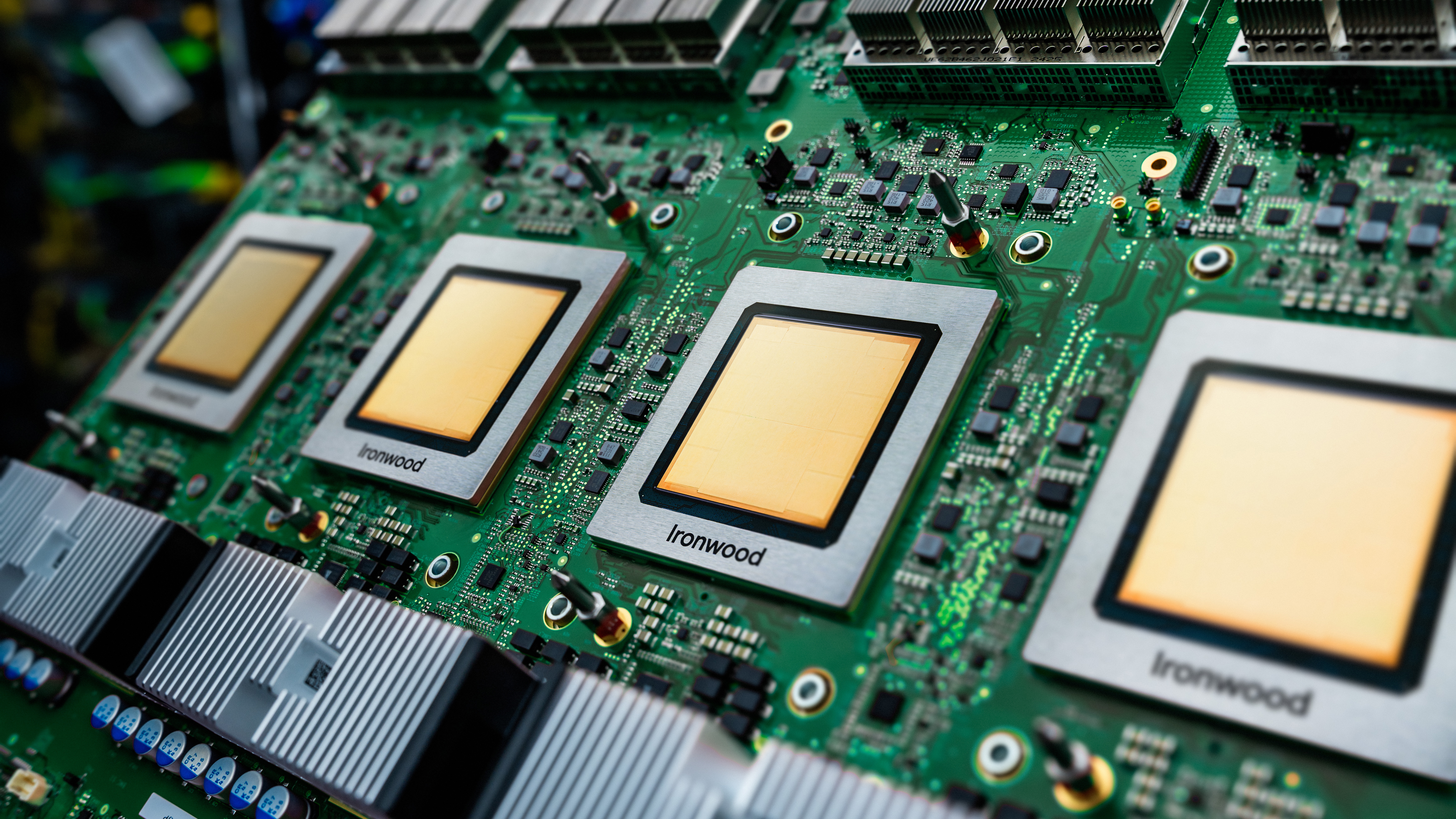Nvidia GeForce GTX 550 Ti 1GB review
Nvidia goes after the low-end again with the GeForce GTX 550 Ti 1GB. Is it a sub-£100 wonder?


It’s easy to get pre-occupied with the ultra-high-end of the hardware market, especially after being wowed by the dual-GPU beast that is the AMD Radeon HD 6990 4GB. After all, it’s where you’ll find the most outlandish and desirable products.
In the real world, however, it’s the low-end cards that sell in the largest quantities, and which add the biggest wedge of cash to a company’s bottom line. It’s also important to retain some perspective; not everyone has a high-resolution screen, or wants to drop £200 just to play Shogun 2: Total War with all the graphics options maximised.
As such, GPUs such as Nvidia’s new GeForce GTX 550 Ti 1GB are vital in order to Hoover up the lucrative low-end market by offering a halfway capable GPU at an affordable £100 price point. This is the reason why the Radeon HD 5770 1GB is still going strong 18 months after its initial release.
The GTX 550 Ti 1G represents the second time in just seven months that Nvidia has targeted the low-end, having released the GeForce GTS 450 1GB last September to a somewhat muted reaction. At the time, bargain-tastic price cuts to the GeForce GTX 460 768MB made a mockery of both Nvidia and AMD’s cheaper cards.
GTS 450 1GB cards now cost between £80 and £95, while GTX 460 768MB cards are priced between £95 and £120. With an estimated price of £100, and with a leading retailer telling us it expects the price range of basic to premium GTX 550 Ti 1GB cards to be between £90 and £125, it’s clear which cards Nvidia is aiming to compete against.
Nvidia has once again let the crazed branding monkeys out of their cages with the GTX 550 Ti 1GB, and has ditched the GTS low-end branding for the GTX branding of the rest of the high-end GeForce range. This is supposedly to designate the GTX 550 Ti 1GB as a gaming card, with the GTS branding now reserved for cards that really aren’t up to gaming duties. However, we can’t help but feel that the resurrected Ti tag, carried over from the GeForce GTX 560 Ti 1GB, is entirely superfluous and adds unnecessary confusion.
As with the launch of the GTS 450 1GB last year, Nvidia has been very open with regards to its board partners and designs for GTX 550 Ti 1GB cards. While there is a reference board, measuring 21cm (8.25in) long and fitted with a dual slot cooler, we understand that almost every manufacturer will launch with its own variant of the card.
For the launch, we were sent a pimped-out KFA2 GeForce GTX 550 Ti White and a slightly more sedate Zotac GeForce GTX 550 Ti Amp! Edition.
GTX 550 Ti 1GB specifications
As with the rest of Nvidia’s GeForce 500-series, the GF116 GPU of the GeForce GTX 550 Ti 1GB is based on the Fermi architecture of its predecessor. In this case, that’s the GF106 architecture of the GeForce GTS 450 1GB. This design was essentially the GF104 of the GeForce GTX 460 range cut in half, with just one GPC (Graphics Processing Cluster) comprising four SMs (Streaming Multiprocessors). Each SM used the more efficient configuration of 48 stream processors, rather than the less efficient (bit more densely packed) design of Nvidia’s high-end GPUs.
As the GF106 GPU already had a full quotient of 192 stream processors, there are no more to be unlocked in the GF116 iteration. Instead, Nvidia has chosen to upgrade the GPU’s back-end, widening the memory controller from 128 bits wide to 192 bits wide and increasing the ROP count from 16 to 24.
The 1GB of GDDR5 memory fitted to the card also runs faster than that of the GTS 450 1GB, with a frequency of 1,026MHz (4,104MHz effective). Comparatively, the memory of the GTS 450 1GB operated at 900MHz (3.6GHz effective). All these improvements have considerably increased the GTX 550 Ti 1GB’s memory bandwidth in comparison to its predecessor, from 57.7GB/sec to 98.5GB/sec. The extra ROPs and memory bandwidth should mean that the GTX 550 Ti 1GB can handle post-processing effects such as AA more easily than the GTX 450 1GB.
In addition to the re-jigged and more capable back-end, Nvidia has also used the same low-leakage transistors as the rest of the GeForce 500-series for the less performance-critical areas of the GTX 550 Ti 1GB. This has enabled Nvidia to ramp up the GPU's clock speeds. The GTX 550 Ti 1GB’s GPU core runs at 900MHz, 15 per cent faster than the GTS 450 1GB, meaning that those 192 stream processors operate at 1.8GHz. As the GTX 550 Ti 1GB is effectively half a GTX 560Ti 1GB, we’re also hopeful that it will have inherited its sibling’s superb overclocking potential.
Despite the extra frequency and enhanced back-end, the GTX 550 Ti 1GB requires just a single 6-pin PCI-E power cable, and has suitably diminutive power requirements. Nvidia recommends a 400W PSU, but with a maximum stated TDP of 116W, almost any PC sold in the last few years should handle a GTX 550 Ti 1GB upgrade.
KFA2 GeForce GTX 550 Ti White preview
KFA2 has taken Nvidia’s modest new GeForce GTX 550 Ti GPU and run with it. By the looks of the card, it’s run a marathon at sprinter speeds too, as the card has an extra 6-pin power connector and some heavy-duty VRMs. There’s an 8+1 phase power circuit, which uses some fancy low-c capacitors and a CHiL CHL8212 power controller chip. The card also features a white PCB to denote its potential overclocking prowess.
The MOSFETs have their own heatsink too, and as the attractive metal-shrouded cooler uses a 4-pin 80mm fan that blows down onto the PCB, this heatsink receives some active cooling, albeit second-hand. Meanwhile, on the back of the card you'll find a pair of NEC-Tokin 0D108 Proadilizer chips to handle decoupling at higher frequencies than 1GHz, while also reducing electrical impedance and replacing the need for the usual bank of capacitors that are required for decoupling.
To accommodate the hefty power circuitry, the card is also longer than a typical GTX 550 Ti card at 230mm. The pair of 6-pin power connectors (which both have to be used) are mounted on the end of the card too, so you’ll need an extra 50mm of clearance on top of that for these.
The card’s heatsink is a fairly extravagant affair, with four heatpipes and a large bank of aluminium fins. The heatsink is important, as the card ships with its GPU pre-overclocked from 900MHz to 1GHz, meaning that the 192 stream processors operate at 2GHz. The Hynix memory is also pre-overclocked by KFA2, from the typical 1.026GHz (4.104GHz effective) to 1.15GHz (4.6GHz effective).
Zotac GeForce GTX 550 Ti Amp! Edition preview
Zotac has let us know about two GeForce GTX 550 Ti 1GB cards that it plans to release, but they look identical, with the same striking black and orange cooler. There will be a standard-speed card with the GPU clocked at 900MHz (with 1.8GHz stream processors) and 4.1GHz (effective) memory, while the Amp! Edition that we were sent has a 1GHz GPU frequency (with 2GHz stream processors) and 1.1GHz (4.4GHz effective) memory.
This is a reasonable 7-11 per cent overclock, but there’s not a lot of hardware to back this up. The card uses a fairly basic 4+1 phase power circuit, with no sign of fancy chokes or non-standard capacitors. This means that the card only has one 6-pin power connector, and that the PCB is the more typical length of 210mm. However, as the power connector is on the end of the card, you’ll need to leave around 50mm of extra space to connect and disconnect it easily.
The heatsink underneath the large black and orange shroud is disappointingly small and basic too. There’s not a heatpipe to be seen, as it’s just a lump of aluminium onto which a PWM 4-pin 80mm fan blows. We had hoped that the basic design of the card would lead to a low price, but the non-overclocked card costs £119 inc VAT, which is toward the high end of the GTX 550 Ti 1GB price range we were quoted by a leading UK reseller. Meanwhile, the Amp! Edition card is set to cost £129 inc VAT, which is even higher than the £90-125 inc VAT price range we expect for most cards.
GTX 550 Ti 1GB test setup
As always, we did our best to deliver a clean set of benchmarks, with each test repeated three times and an average of those results is what we’re reporting here. In the rare case where performance was inconsistent, we continued repeating the test until we got three results that were consistent.
The tests performed are a mixture of custom in-game timedemos and manually played sections, using FRAPS to record the average and minimum frame rates. We strive to not only record the real-world performance you will actually see, but also present the results in a manner that is easy to digest.
Intel Core i7 Test System
Intel Core i7-965 processor (3.2GHz: 133MHz x 24)
Asus Sabertooth X58 motherboard (Intel X58 Express with three PCI-E 2.0 16x slots)
3x 2GB Corsair TR3X6G1333C9 memory modules (operating in dual channel at DDR3 1,600MHz 9-9-9-24-1T)
Corsair X128 120GB SSD running v1 firmware
Corsair HX1000W PSU
Windows 7 Home Premium x64
Antec Twelve Hundred Chassis
AMD graphics cards
AMD Radeon HD 6950 2GB (800MHz GPU, 5GHz memory) using Catalyst 11.2 WHQL
AMD Radeon HD 6950 1GB (800MHz GPU, 5GHz memory) using Catalyst 11.2 WHQL
AMD Radeon HD 6850 1GB (775MHz GPU, 4GHz memory) using Catalyst 11.2 WHQL
AMD Radeon HD 5850 1GB (725MHz GPU, 4GHz memory) using Catalyst 11.2 WHQL
AMD Radeon HD 5770 1GB (850MHz GPU, 4.8GHz memory) using Catalyst 11.2 WHQL
Nvidia graphics cards
Nvidia GeForce 560 Ti 1GB (820MHz GPU core, 1,620MHz stream processors, 5GHz memory) using GeForce 266.58 WHQL
Nvidia GeForce GTX 550 Ti 1GB (900MHz GPU core, 1,800MHz stream processors, 4.104GHz memory) using GeForce 267.59 launch driver
Nvidia GeForce GTX 460 1GB (675MHz GPU core, 1,350MHz stream processors, 3.6GHz memory) using GeForce 266.58 WHQL
Nvidia GeForce GTX 460 768MB (675MHz GPU core, 1,350MHz stream processors, 3.6GHz memory) using GeForce 266.58 WHQL
Nvidia GeForce GTS 450 1GB (783MHz GPU core, 1,566MHz stream processors, 3.6GHz memory) using GeForce 266.58 WHQL
Games Tested
Colin McRae: Dirt 2 (DX11)
Arma II: Operation Arrowhead(DX11)
Call of Duty: Black Ops (Open GL)
Battlefield: Bad Company 2 (DX11)
GTX 550 Ti 1GB Dirt 2 performance
We drive a lap around the London, Battersea track, with a full eight-car grid, starting at the back. We use the maximum image quality settings in DX11 mode. We repeat each test three times, discarding anomalous results and averaging the consistent ones.
GTX 550 Ti 1GB Call of Duty: Black Ops performance
We test with the game at its maximum detail settings as configured in the in-game menus. The maximum frame rate is capped at 91fps by default, so we've increased this to 250fps in the config file. We play through a 60-second section of the Vorkuta mission, involving the death machine mini-gun and the subsequent carnage and explosions it causes.
GTX 550 Ti 1GB Arma II: Operation Arrowhead performance
We test this hugely demanding game at its most demanding settings, with all detail options set to Very High and High anti-aliasing enabled. For the benchmark itself, we use a 60-second FRAPs run performed within our own custom time demo. As the benchmark is variable due to AI inconsistencies, tests are performed three times and the average result is used.
GTX 550 Ti 1GB Bad Company 2 performance
Bad Company 2 was the first PC game to use the Frostbite engine. It’s DX11-compatible and uses tessellation and other advanced rendering techniques to deliver incredible visuals and bash next-gen hardware. We take a 60-second sample of us playing through a section of the Heart of Darkness level with FRAPs, always following the same path and performing the same actions. We repeat each test three times, discarding anomalous results and averaging the consistent ones.
GTX 550 Ti 1GB Power Consumption and Thermals
Putting a realistic, repeatable load on a GPU to get a decent idea of its real world power consumption and thermal output has long been something with which we've experimented here at bit-tech. We've found that synthetic benchmarks such as FurMark thrash the GPU constantly, which simply isn't reflective of how GPU will be used when gaming.
It's such a hardcore test that any GPU under test is almost guaranteed to hit its thermal limit; the mark at which the card's firmware will kick in, speeding up the fan to keep the GPU within safe temperature limits. Conversely, simply leaving a game such as Crysis running at a certain point also isn't reflective of real world use. There's no guarantee that the GPU is being pushed as hard as other titles might push it, and the load will vary from play-through to play-through.
As such, we've decided to use 3DMark06's Canyon Flight test as a real-world representative, repeatable graphics test. It's a ferociously demanding test, pushing graphics cards to their limit, but also containing peaks and troughs in performance that match real-world game play.
As the test is so demanding and GPU limited, we've set 3DMark to run the test at 1,280 x 1,024 with 0xAA and 16xAF (enabled in the driver), constantly looping the test for 30 minutes and recording the maximum power consumption and GPU Delta T (the difference between the temperature of the GPU and the ambient temperature in our labs).
Thermal performance
GTX 550 Ti 1GB performance analysis
We’ve re-tested every card against which the GeForce GTX 550 Ti 1GB; following feedback from the bit-tech community we’ve also taken this opportunity to construct a new Arma II test that is more consistent than the previous one we had to retire. This means that ludicrous fun-fest Just Cause 2 has been removed from our testing suite. We’ve also updated the Call of Duty: Black Ops test to use its multiplayer component, as the singleplayer game is moronic this is what most owners of Black Ops actually play.
We’ve also decided that just as high 16x AF performance is a basic requirement of new graphics card, so is the ability to use 4x AA. This might seem a tough stance, but we’re interested in getting the best playing experience and you only get that by eliminating jaggies, pixel creep and pixel shimmer via AA. We’ve replaced the usual 1,920 x 1,200 resolution that we used to use for 1,920 x 1,080 – it’s a slightly easier test (by 11 per cent), but more representative of the screens that most people use and can buy.
The GTX 550 Ti 1GB’s performance in Dirt 2 was reasonably strong. Even if you remember that we’ve only included cards costing up to £200 or so, the GTX 550 Ti 1GB pumped out some pleasantly high frame rates, eclipsing even AMD’s much more expensive Radeon HD 6950 2GB at 1,920 x 1,080 and 1,680 x 1,050 (both with 4x AA, as explained above). Even at the ludicrously high resolution of 2,560 x 1,600 the GTX 550 Ti 1GB was able to play the game smoothly, with a minimum of 40fps.
In Black Ops the high 900MHz GPU core frequency of the GTX 550Ti 1GB meant that it just managed to best the GTX 460 768MB at 1,680 x 1,050 and 1,920 x 1,080. At the former resolution it was only a lead of 1fps on the minimum frame rate, while the extra pixels of a Full HD screen gave the GTX 550 Ti 1GB a more convincing lead with a minimum of 71fps rather than 63fps. At all three resolutions, the GTX 550 Ti 1GB was marginally quicker than the HD 5770 1GB.
Arma II: Operation Arrowhead is very tough game to run, and while the GTX 550 Ti 1GB isn’t designed to run such a demanding game at its full detail settings, it still performed reasonably well at 1,680 x 1,050 with a minimum of 23fps. This is still too stutter for comfort, so you’ll need to dial down some detail settings, but the card was 2fps faster than the HD 5770 1GB. However, a GTX 460 1GB can play the game at our high detail settings at 1,680 x 1,050, so you don’t need to break the bank for Arma II fun.
The GTX 550 Ti 1GB performed strongly in Bad Company 2 at 1,680 x 1,050, managing a smooth 26fps minimum frame rate. Meanwhile the HD 5770 1GB was woefully underpowered with a jerky minimum of 18fps at the same resolution. The GTX 550 Ti 1GB couldn’t manage the game at 1,920 x 1,080 – the 22fps minimum was too stutter for our liking – but you’d have to sacrifice less image quality than if you opted for a HD 5770 1GB instead as its comparatively poor level of performance continued: a minimum of 15fps is terrible. Poor AA performance is an endemic issue for AMD cards in Bad Company 2, meaning that the £200 GTX 560 Ti 1GB dominated the charts.
Looking at power consumption and thermal numbers for the GTX 550 Ti 1GB is difficult, as Nvidia is giving partners such a wide scope to custom-cool and overclock cards. For the figures in the power consumption and thermal graphs we used the Zotac GeForce GTX 550 Ti Amp! Edition clocked down to stock-speed levels. As the Zotac actually uses a basic heatsink under that fancy shroud, these numbers are likely to be indicative of basic GTX 550 Ti 1GB cards. As such, the mid-level amount of power consumption and heat that we saw was fine.
GTX 550 Ti 1GB conclusion
We’ve talked before about how spending truck-loads of cash on expensive graphics cards quickly becomes a case of diminishing returns. Over a certain point, you get less and less extra performance for more and more cash spent.
Conversely, at the cheaper end of the gaming graphics card spectrum you can see huge rewards for spending a little bit of extra money. The jump in performance from a £100 card to a £130 card can be huge, allowing you to play games smoothly on a 1,920 x 1,080 with the best image quality. It’s a difficult situation to contend with though, as there’s a mental barrier that discourages many people from spending more than £100 on a graphics card.
If you absolutely refuse to spend much more than £100, or even £100 at all, the GeForce GTX 550 Ti 1GB is at least a sizeable improvement over its predecessor the GeForce GTS 450 1GB. Across the board we’ve seen 10-15 per cent higher frame rates from the GTX 550 Ti 1GB over the GTS 450 1GB, and this edge allows the GTX 550 Ti 1GB to more convincingly best the Radeon HD 5770 1GB with which is directly competes on price.
However, the limitations of the cut-down GPU of the GTX 550 Ti 1GB are still there to see, especially if you have a 1,920 x 1,080 screen and want to play your games at their best. In Bad Company 2 the GeForce GTX 460 1GB offers 20-30 per cent more performance, from a card that’s roughly 30 per cent more expensive (based on the estimated price of £100 for the GTX 550 Ti 1GB and the £131 Gainward GeForce GTX 460 768MB Green.
However, if our retailer source is correct decent GTX 550 Ti 1GB cards should be on sale for around £90. At this price, and assuming the cooler isn’t a hairdryer, a GTX 550 Ti 1GB is a reasonable purchase for anyone on a limited budget with a 1,680 x 1,050 screen.
However, considering that decent 1,920 x 1,080 screens are dropping in price – even IPS-based ones – it might not be that long until the GTX 550 Ti 1GB is out of its depth. Equally, if you’re really looking forward to some PC-exclusive games that don’t dumb-down their graphics engines, the card could struggle even on a 1,680 x 1,050 screen. Just look at its performance in Arma II and Bad Company 2.
For £100 and under, the GTX 550 Ti 1GB is the strongest option, as the GTS 450 1GB and the HD 5770 1GB have aged rather than matured. That’s the main reason we’d always recommend that people spend a little extra on a their graphics card, otherwise you risk having to spend even more money in the near future to keep up with the new games you want to play.
ChannelPro Newsletter
Stay up to date with the latest Channel industry news and analysis with our twice-weekly newsletter
Bobby Hellard is ITPro's Reviews Editor and has worked on CloudPro and ChannelPro since 2018. In his time at ITPro, Bobby has covered stories for all the major technology companies, such as Apple, Microsoft, Amazon and Facebook, and regularly attends industry-leading events such as AWS Re:Invent and Google Cloud Next.
Bobby mainly covers hardware reviews, but you will also recognize him as the face of many of our video reviews of laptops and smartphones.
-
 ITPro NAB Best of Show 2025 Awards winners unveiled
ITPro NAB Best of Show 2025 Awards winners unveiledThe best of the best have received accolades for their innovation at this year's NAB show in Las Vegas...
By ITPro Published
-
 This potent malware variant can hijack your Windows PC, steal passwords, and more: Neptune RAT is spreading on GitHub, Telegram, and even YouTube – and experts warn 'anyone could use it to launch attacks'
This potent malware variant can hijack your Windows PC, steal passwords, and more: Neptune RAT is spreading on GitHub, Telegram, and even YouTube – and experts warn 'anyone could use it to launch attacks'News Neptune RAT can hijack Windows PCs and steal passwords – and it's spreading fast
By Emma Woollacott Published
-
 Google Cloud announces major computing boost with Ironwood chip, new hypercomputer upgrades
Google Cloud announces major computing boost with Ironwood chip, new hypercomputer upgradesNews Google has announced a new chip intended for AI inference, which it says is more powerful and better for AI requirements but also far more energy efficient.
By Rory Bathgate Published
